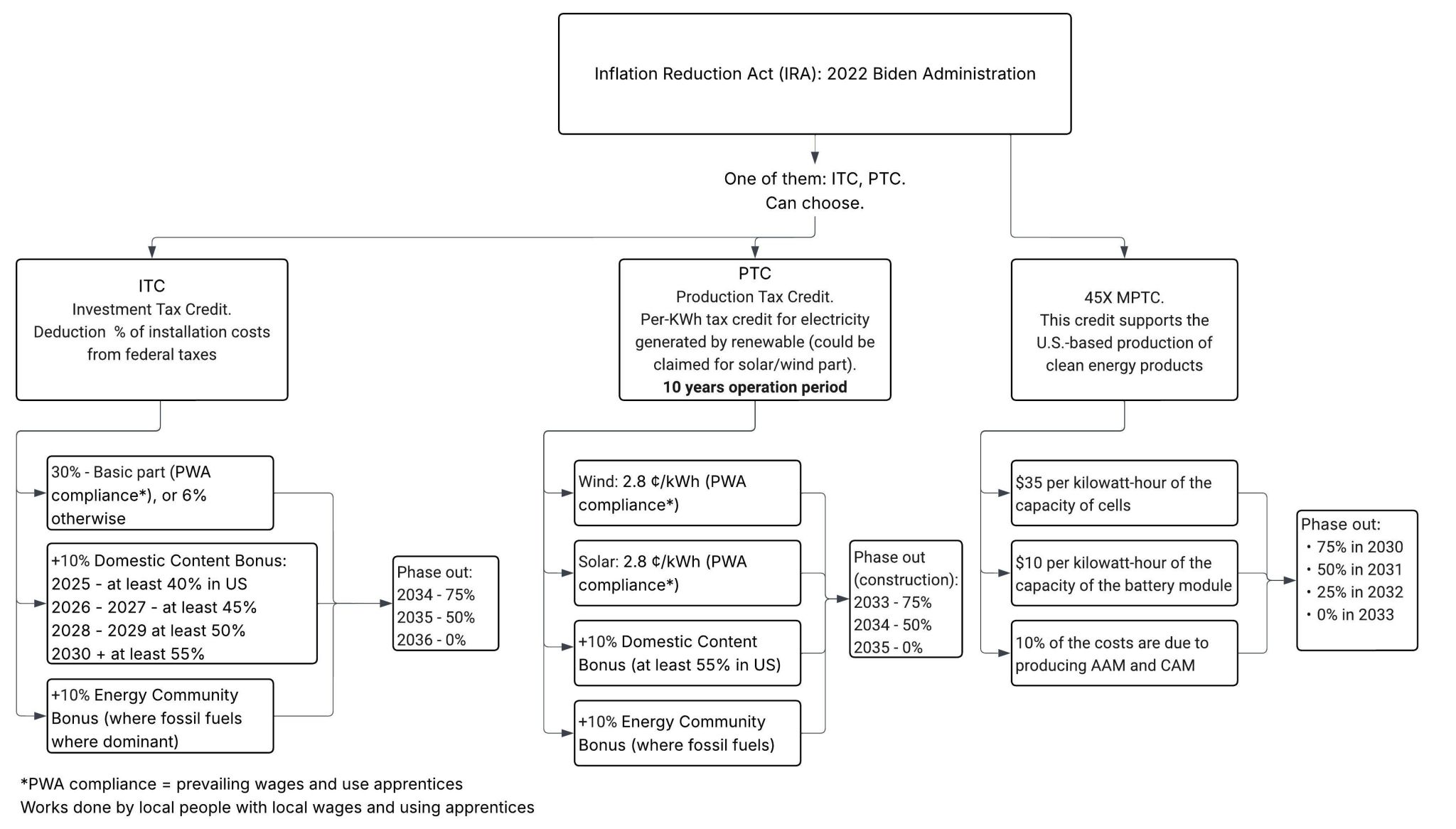When product managers strategize and design their products, in addition to millions of other things, they should be aware of the technology adoption cycle. While detailed information is available at Data Panda: https://www.data-panda.com/post/technology-adoption-life-cycle , let's look into the controversial example of last month: Apple Vision Pro.
This product isn't an incremental innovation; it's a disruptive product that introduces a new dimension to user experience. Apple's approach to product management and its ability to force new ideas to market is well-acknowledged.
Now, let's step into the shoes of Apple's product managers and examine some aspects of the product's first iteration we see on the market(This discussion is open for comments).
As an Apple PM, you have vast resources at your disposal:technology teams, testing squads, and marketing groups. These resources are viable in creating a comprehensive product vision and strategy for market introduction.
However, several factors need consideration :
1) Predicting User Interaction:
For a new product, it's challenging to predict user preferences precisely. While we can hypothesize and test basicusage scenarios, the real-world demand, and interaction post-launch remain uncertain. Imagine that many features for the iPhone were copied from the unofficial coder community, which jailbreak phones to allow extra customization.
2) Balancing Testing and Confidentiality
Extensive product testing is crucial, but it risks information leakage. Especially for a high-profile company like Apple,maintaining a balance between thorough testing and confidentiality is vital.
3) Technology limitations:
Disruptive technologies often face limitations due to the current state of associated technologies. Although these issues will likely be resolved as the product evolves, the initial focus should address the most critical aspects.
Now, let's combine these considerations into one product and try to understand why the product was released as it was:
Apple knew they couldn't create the ideal product; however, as a product manager, you should have a strong feeling about where to focus for future improvements. Any disruptive technology has a lot of room for improvement, even for Apple. This company can influence any product improvement point, including creating new materials or PCB designs for their products.However, finding where exactly to focus their efforts is still a challenge.
So what have they done?
They launched a commendable yet imperfect product. The trade-offs were meticulously calculated. Market reactions indicate that the company was aware of the significant concerns and aimed to mitigate their impact. (btw, there is a fantastic tool on the market for product managers to quickly get insights about your products: https://go.essense.io/ )
Apple recognizes the product's vast sales potential but acknowledges its readiness status. Remember – technology adaption cycle; you don't want to skip cycles when the product is not ready for the next one.
It's easier to acquire new clients than win back dissatisfied ones.
Consequently, they opted to limit the initial user base through a steep pricing strategy – $3500 – deterring the general populace but appealing to a group of innovators who could provide invaluable feedback for future iterations. (One of the traits of innovators is that they are less price sensitive)

Thus, the product's release strategy wasn't about maximizing profits (a price tag of 3500 USD is a lot) or showcasing current technologies.Instead, it was about conducting MVP testing, gathering market feedback, and concentrating on impactful features and limitations. Based on the Technology adoption cycle, this approach enables the company to deliver substantial value in subsequent versions.
And it was masterly done by Apple.





